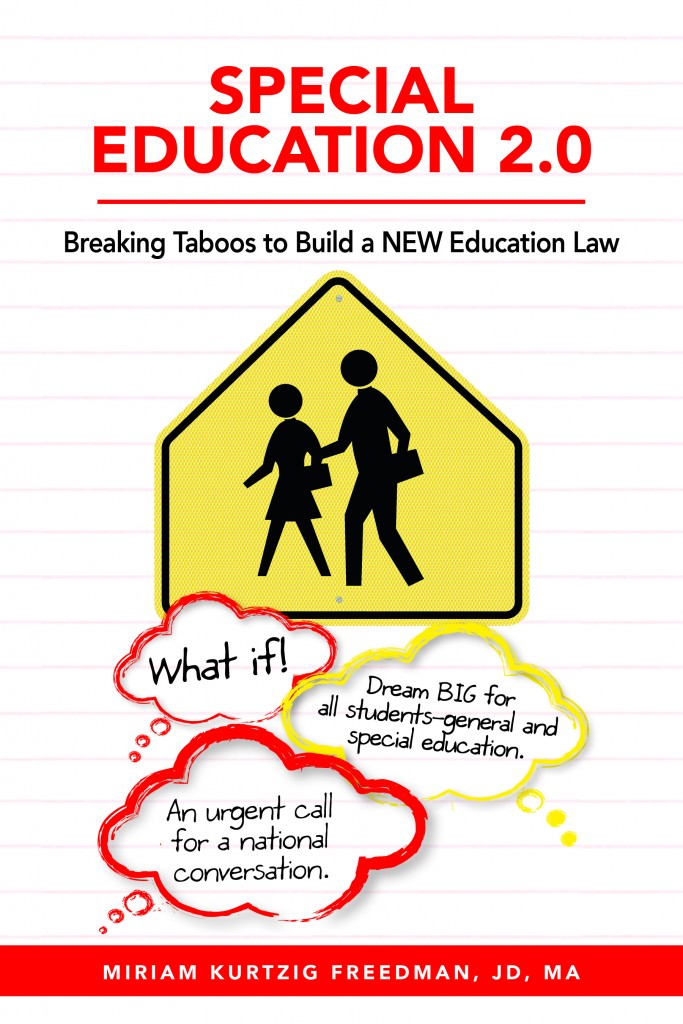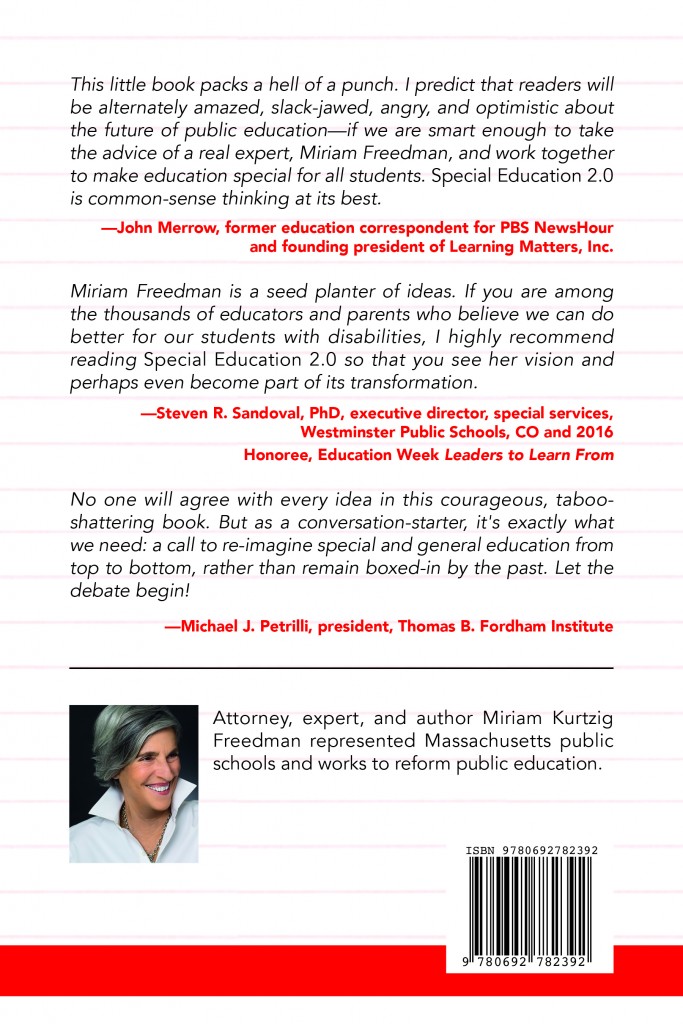A few thoughts about the Supreme Court decision in Endrew F. v. Douglas County, especially in light of the one-sided reporting about this case; namely, that the student “won” (and by implication, the school district lost). See, for example,
http://www.latimes.com/politics/la-na-pol-scotus-schools-disabled-20170322-story.html; http://www.npr.org/sections/ed/2017/03/22/521094752/the-supreme-court-rules-in-favor-of-a-special-education-student
In today’s headline blare, the perspective of schools and history are often missing. Were they also highlighted, the headlines would be more muted and accurate.
The bottom line for me is that as a school attorney, I can say that the decision was reasonable and workable—for schools and parents alike. Not exactly the description of a loss!
So here are my thoughts today.
First, let’s remember that the Supreme Court took this dispute to resolve differences among the Circuit Courts of Appeals about what standard of benefit or progress the law requires a school to provide a student with a disability. Many states, such as Massachusetts where I practiced law for many years, already had a ‘meaningful benefit’ standard for a free appropriate public education. Some states, as described in the decision about a Colorado school district had a lower ‘merely more than de minimis’ standard. The Supreme Court struck down that standard and defined the requirement for schools that a program for a child needs to be ‘reasonably calculated to enable the child to make progress appropriate in light of his circumstances.’ Sounds quite a lot like a meaningful standard!
Second, this decision is not about most of the 6 1/2 million students who receive special education. For most students with disabilities who work on general education standards, Rowley v. Bd. of Ed. (1982) still applies. That decision held that these students are entitled to a program that provides some benefit. The current decision focused on students like Endrew F., a student with autism, whose progress was not being measured by grade level or similar benchmarks.
Indeed, notably the Court did NOT overrule Rowley to create a higher standard, as plaintiffs sought.
As I read this decision, it clarified (and did not raise) the standard for a different segment of students than Amy Rowley. The Court highlighted the fact that Rowley still applies and that Congress, even after more than 30 years of implementation and history, has not amended or raised it.
Third, the Court gave great deference to the expertise of school personnel. I see this as vital–since unfortunately and undoubtedly this decision will not end the matter. I’m amazed to see how different groups are spinning this decision. Sadly and undoubtedly, we’ll have endless disputes and lawsuits about the Court’s words. Having great deference where it belongs–in school personnel expertise—is welcome.
Fourth, the Court rejected the parents’ high standard of an ideal, maximizing, or equal program. In short, it followed Rowley and clarified it for a subset of students with disabilities.
Much more can be said about this decision, but I’ll stop here. As I see it, the decision was reasonable and workable for schools and parents alike. I did not read it as a one-sided parent victory, as many reporters and news outlets have spun it.
How did you read it?


Recent Comments